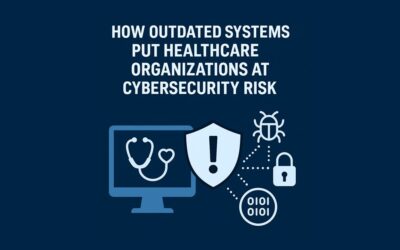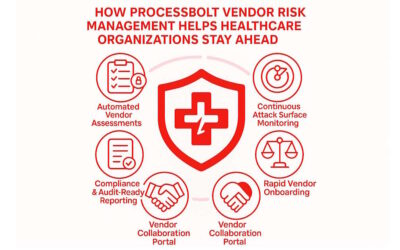If you’re reading this article, you’ve probably experienced your fair share of security questionnaires and are most likely frustrated by the process. With no real standards or guidelines in place for companies to follow, all are creating their own vendor assessment processes. This can create near chaos for vendors on the receiving end if you don’t have your own internal process in place.
As a vendor, there are ways you can control the chaos and create order in an otherwise unorderly process. There are also ways you can ease the burden on your security and sales teams, who face this problem head-on nearly every single day. Below are five ways to smooth out the assessment process and establish a sense of order for handling security questionnaires.
1. Develop Security Policies
As a vendor, if you have access to your customers’ data, you need to develop thorough policies and procedures detailing how you plan to safeguard that data. Every vendor should have well-written administrative, technical, and physical controls in place to ensure the security, privacy, confidentiality, and integrity of client data.
At a minimum, you should have the following policies documented and in place at your company:
- Information Security Policy
- Acceptable Use Policy
- Access Control Policy
- Change Management Policy
- Incident Response Policy
- Disaster Recovery Policy
Once these policies are in place, they become the basis for your security questionnaire answers.
2. Store Answers in a Centralized Database
Once your policies and procedures are documented, it’s essential to store them in a location where your teams can easily access them. It’s also essential to establish ground rules for updating policies to keep the information current.
Many companies use simple Excel spreadsheets to store security questionnaire answers, but this is not an ideal scenario for a variety of reasons. Spreadsheets require your security team to hunt through the answers to find the correct one before they copy and paste it into the customer’s questionnaire. This can take hours and even days depending on the length of the security questionnaire. Plus, without proper controls in place to determine how and when policies are updated, answers can be changed at will.
Storing your answers in a centralized database can eliminate these issues and also provide additional benefits. An ideal centralized database will allow your security team to access the answers as needed. It will also provide different levels of access, so the appropriate person has access to change answers. In addition, you’ll want to look for a database that allows you to tag your answers so that you can organize them by client, product, compliance and more.
3. Establish a Workflow
Once your answers are stored in the database, it’s critical to establish a workflow for everyone to follow. This workflow will document who the point person is to handle incoming security questionnaires, the process for handling questions that are not yet in the database, how new answers are added to the database and how current answers are updated.
In addition, a well-documented and executed workflow should also address every possible scenario for interacting with your customers. How are documents and artifacts submitted along with the completed security questionnaire? What is the process when a security questionnaire is returned by the customer for more information?
4. Automate the Security Questionnaire Process
The top way to ease the burden of security questionnaires is to allow technology to do the work for you. If your security teams spend the majority of their week answering questionnaires instead of focusing on the security of your business, it’s time to automate your process. Automation eliminates the need for your security team to hunt for answers in a spreadsheet. An automated database uses auto-matching technology to read the security questionnaire and provide the most accurate answer within the database to that question, saving your team multiple hours on each questionnaire.
You might be thinking to yourself, “But I receive security questionnaires in a variety of formats, including Word documents, Excel spreadsheets, and sometimes via an online portal. How will automation work with all three?” Glad you asked. Intelligent vendor assessment platforms on the market today will work alongside any type of questionnaire you receive.
5. Mature Your Internal Process
Now that you have the pieces in place, you can mature your internal process by linking your policies and procedures with your vendor risk assessment program. By doing so, you can more easily ensure your security team is accurately answering security questionnaires based on your internal policies. A regularly scheduled audit process will also help ensure that your answers are in compliance with any compliance laws your customers need to adhere to.
Learn More
Want to learn more? Complete this form to receive a personalized walk-through of ProcessBolt and learn how we can enhance your organization’s third-party risk management program.




